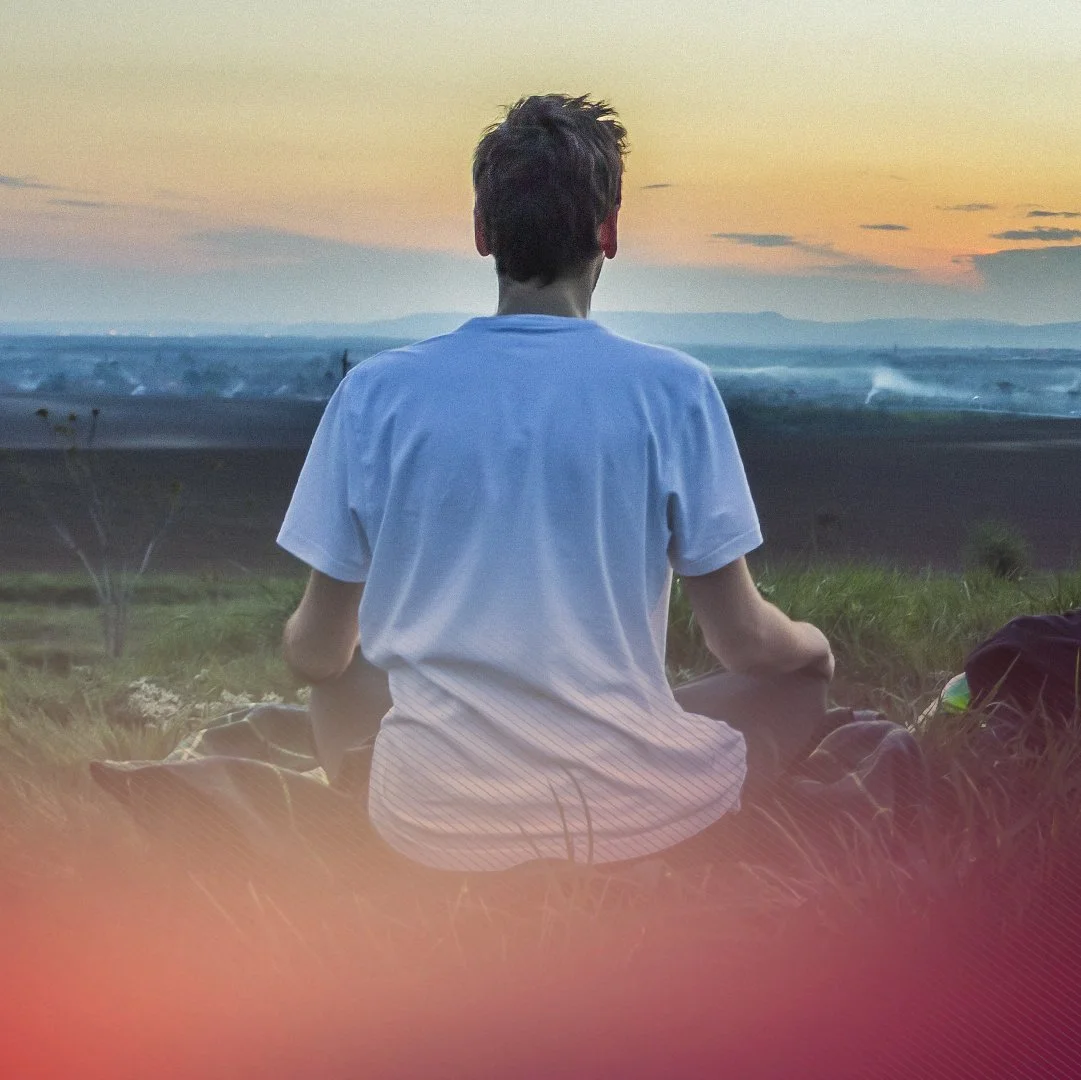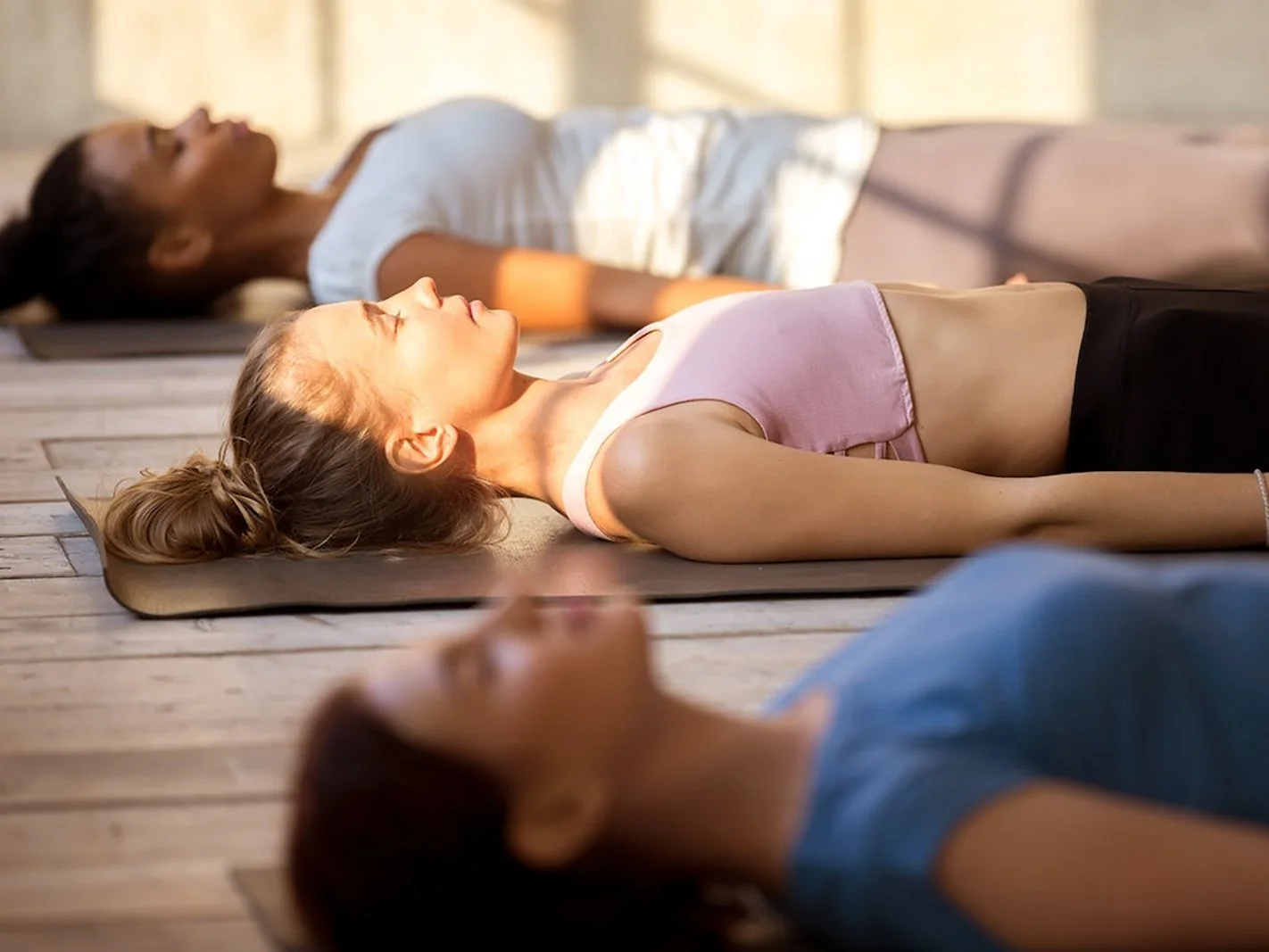MEDITATION PRACTICES
MEDITATION PROGRAM
by Luis Carvalho
40 days meditation Quest, 20 minutes of practice in which we sit to meditate and actively set our intentions for the day. In this quest, we'll follow the 7 steps to create a mindful and happier life.
Daily meditation is a life changer. Hundreds of studies have proven that meditation radically improves our psychological and physical well-being. For the next 40 days, I’ll take you through each phase and show you how to create the most remarkable transformation in your state of being in the shortest amount of time.
In this quest, we'll follow the 7 steps to create a mindful and happier life.
STEP 1 - Pausing to presence
STEP 2 - The breath/body connection
STEP 3 - Thoughts & emotions
STEP 4 - Emotional healing
STEP 5 - Resilience & inner-freedom
STEP 6 - Awakening the fearless heart
STEP 7 - Mindful living & purpose
Through meditation, and listening to silence you will start to cultivate a state of presence, allowing the unpleasant waves of thoughts, emotions, struggles, fears, anxiety, and shame,… to pass through us while you remain still and connected with yourself. Presence requires being here for the life that is happening. There’s never a problem in the present moment… just projections, and memories.
Awareness has 2 wings – Mindfulness /presence – seeing clearly the moment that is here, and Love – the kindness that can be with what’s here. We only fully heal when we allow these 2 wings, awareness and love.
As you learn to stay with whatever is happening, without changing it and embodying this quality of presence, you become grounded, aware and fully here, without the need of bypassing your feelings and real needs.
We live in a disembodied society, lost in thoughts, which is like living only from the neck up, but it is through embodiment that we liberate and release what no longer serves us. In many ways what’s holding you back from moving forward is stuck in your body… it’s only by releasing the old, that you can embody the new energy you want to vibrate.
So be here with me, and be patient with yourself.
But first of all, and because of the times we are living we’re going to start by creating Presence, by being here and now… and the main anchor to presence will be the breath…
As we progress in our practice, you may have found mindfulness helpful in stressful situations by bringing more presence into your life. but sometimes, you find yourself stocked in conflict with someone, like your boss, a family member, a friend, or your partner and staying present is harder.
What happens when you feel really stuck in blame, anger, hurt and defensiveness? Every time we feel threatened, it is part of our evolutionary way to go into fight, flight, freeze or fawn… it’s how we react in the presence of perceived danger. none of these serves us well when it comes to good communication, understanding each other, or being able to resolve conflict.
Mindfulness improves the brain's ability to process emotions under stress, and it trains us to shift our response away from that primitive survival reaction, we access more developed areas of the brain, in particular the prefrontal cortex, which has the capacity for reasoning, flexibility and importantly for empathy.
STEP 1 - Pausing to presence
STEP 2 - The breath & body connection
STEP 3 - Thoughts & Emotions
STEP 4 - Emotional healing
STEP 5 - Resilience & Inner-freedom
STEP 6 - Awakening the fearless heart
STEP 7 - Mindful living & purpose
I really honour you all for being here and completing this mindfulness training, step by step you’ve committed, to bringing more awareness and presence to your life, and by doing so, you’ve finished the essential training in mindfulness and compassion.
You learned practices that can steady your heart, train your mind and change your life. It’s like surfing, you've learned to ride the waves of sensations, sound feelings and thoughts and when you fall off the surfboard, you know how to center yourself and start again.
Take a few moments to appreciate all you've done and all you've learned, the capacity of appreciation will sustain you on your journey, connecting with your breath, with your body, with your mind and heart, and most of all may it be a gateway to your soul purpose.
May all that you have learned in this course bring blessings to you and all you touch, and may your goodness spread across the world, bringing healing and happiness to all beings everywhere.
Love & Light - Luis
BREATHWORK PRACTICES
COHERENCE RESONANT BREATHING 5:5
When you breathe 4-6 breaths per minute, it has an adaptogenic effect on your nervous system. It takes us out of this fight or flight nervous system response, and it's going to bring us into a state of rest and digest. It's going to calm our minds, stop all the cortisol release, and it's going to bring us back to our centre.
You can practice this Breath standing, seated, lying down, and even while driving, Before high-stress meetings, when feeling sluggish midday, during yoga practices, anytime really…
It’s like drinking a glass of water, it's always safe, always appropriate, and always healthful.
Inhale nice and slow through your nose for account five.
Pull your breath down past your upper chest down into your belly.
Exhale nice and slow through the mouth for a count of 5
Continued this breathing pattern for at least two to three minutes (3 times a day).
IN EXTREME MOMENTS OF STRESS
Practice this technique for five to ten minutes, or until you're feeling an enhanced sense of well-being. Do your best to clear your mind, and just focus on your breathing, feel the air going in through your nose and coming out of your mouth.
BALANCING PRACTICE [ANYTIME]
RELAXING BREATH 4:7:8
It is called the tranquillizer for the mind, or it's often used to help people with chronic stress and anxiety, that feel easily triggered, or with sleep issues, to help them sleep, relax and tap into their body, bringing themselves down into a nice restful state. Anytime we have an exhale that's longer than our inhale, we are shifting from a sympathetic fight or flight state to a parasympathetic rest and digest state.
When you reduce your breath below 4 breaths per minute, it triggers a strong parasympathetic (rest and digest) nervous system response, reduces your heart rate, reduces activity in skeletal muscles, and improves digestion.
This type of breathing is great after meals, in the evening, and most commonly, right before bed. This practice should be done seated or lying down, and never while driving or doing anything standing or active. It's extremely common for students to fall asleep while using this Breath, so it should be used with care, only when appropriate.
So the practice is exactly as it sounds.
Sit up with your back straight.
Begin by exhaling completely through your mouth, making a whoosh sound.
Close your mouth and inhale quietly, nice and easy, through your nose down into the belly to a mental count of 4.
Hold your breath for a count of 7.
Exhale completely through your mouth, making a whoosh sound to the count of 8– like exhaling through a straw,
Make sure the exhale is very slow.
Inhale again and repeat this cycle three more times for a total of four breaths.
RELAXING PRACTICE [EVENINGS]
DMT ALKALINE BREATHING
DMT ALKALINE BREATHING is a powerful breathwork practice for clarity, energy, and insights! It features follow-along breaths, background beats, and solfeggio frequencies for an intense journey. You may experience tingles, changes in temperature, visions, colours, sounds, messages, and more.
This is all normal, allow it, flow with your breath and trust your inner guidance. If it feels too much at any time, just return to your natural breathing. This practice is great for energizing in the morning and putting you in a peak state.
For this practice we are going to do 3 rounds of 30 circular breaths followed by breath retentions, it's best to sit in an Indian style, sit on your feet, or lie down.
Once you selected your chosen position.
Put your tongue on the roof of the mouth.
Inhale deeply through the nose.
Exhale fully through the mouth.
In a circular rhythmical way.
No pauses between Inhalation and exhalation.
ENERGIZE PRACTICE [MORNINGS]
ACTIVATION EUPHORIC BREATHING
Deep hyperventilation causes a lot of carbon dioxide to be released ALKALIZING the blood. This can produce symptoms such as tingling in the extremities, lightheadedness or euphoria. A healthy body should be able to manage this shift in acidity as well as balance relatively quickly once breathing stops.
During breath holds, oxygen drops to low levels engaging the sympathetic nervous system. This correlates with a large burst of adrenaline. Individuals with a sensitivity to adrenaline should be careful.
For this practice we are going to do 3 rounds of 10, 20 and 30 circular breaths followed by breath retentions of 10, 20 and 30 sec, it's best to sit in an Indian style, sit on your feet, or lie down.
Once you selected your chosen position.
Put your tongue on the roof of the mouth.
Inhale deeply through the nose.
Exhale fully through the mouth.
In a circular rhythmical way.
No pauses between Inhalation and exhalation.
Please consider a donation of any size - your generosity allows us to offer these meditations freely








